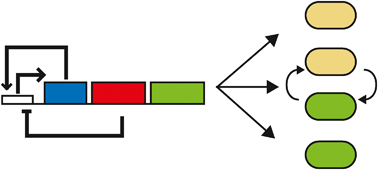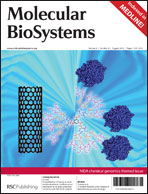Genetic circuits composed of coupled positive and negative feedback loops have been shown to occur as common motifs in natural oscillatory networks. Recent work in synthetic biology has begun to demonstrate how the properties and architectures of these circuits affect their behavior. Expanding on this work, we constructed a new implementation of a common coupled feedback loop architecture by incorporating the LuxR transcriptional activator as the positive feedback element. We found that the properties of the LuxR activator had a significant impact on the observed behavior of the coupled feedback loop circuit, as a slow degradation rate of LuxR led to its accumulation after initial circuit induction. Due to this accumulation, the presence of feedback on LuxR did not greatly alter the oscillatory behavior of the circuit from a control consisting of an independent negative feedback loop, with both systems showing oscillatory responses in 30–40% of the measured cells and highly variable periods. While the oscillatory properties of individual cells were not influenced by induction levels, the percentage of cells that demonstrated oscillations was. Slight improvements to the initial responses of the coupled feedback loop circuit were also obtained by coexpression of the GroE chaperones due to improved LuxR folding. These findings illustrate the importance that positive feedback has on the tunability and robustness of coupled feedback loop oscillators, and improve our understanding of how the behavior of these systems is impacted upon by their components' properties.

You have access to this article
 Please wait while we load your content...
Something went wrong. Try again?
Please wait while we load your content...
Something went wrong. Try again?


 Please wait while we load your content...
Please wait while we load your content...